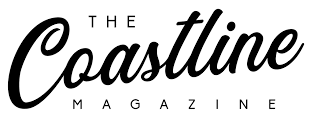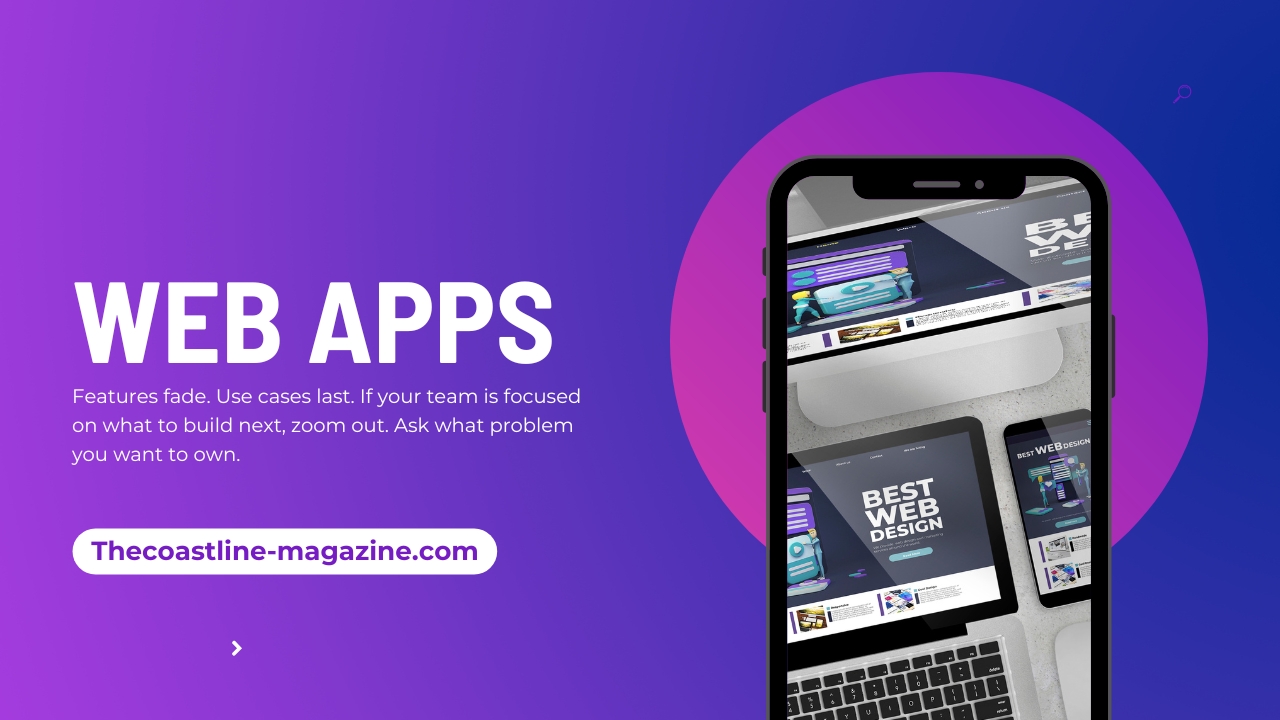It’s tempting to start with features. After all, features are tangible. They demo well. They make slide decks look impressive. But they’re also the reason why so many web apps fail to gain traction. Because people don’t buy features. They buy outcomes.
And that’s where most product teams miss the mark. They invest heavily in feature sets and UI polish without ever proving that the use case is worth solving. For any web app development company serious about building relevance, the focus has to shift—from features that sound good on paper to use cases that people actually live in.
Features Don’t Make the App Useful
Here’s what product roadmaps often look like:
- Dark mode.
- Live chat.
- AI-generated insights.
- Social sharing.
Sounds exciting. But what happens after launch? Engagement drops. Retention dips. Because these features were added without anchoring to a specific job the user needs to get done.
A use case has weight. It’s tied to intent. People don’t open apps for the feature—they open them to solve something. If your app doesn’t help them solve it faster, easier, or with less friction, it doesn’t matter how advanced the tech stack is.
Great Apps Own a Single, Sharp Use Case
The best apps win by being obvious.
- Calendly: Schedule a meeting without the back-and-forth.
- Grammarly: Make your writing stronger instantly.
- Notion: Replace multiple tools in one workspace.
They each start with one clear use case. They solve it well. Then they expand.
What they don’t do is start with 12 features and hope users will figure out why the product matters.
Use Cases Are Built, Not Assumed
Many startups assume they know what users want. So they load the MVP with half-baked features and hope one sticks. But sticky use cases aren’t stumbled into. They’re discovered by watching users, listening to friction, and solving real problems.
This takes iteration. It takes restraint. And it takes a willingness to kill cool features that don’t drive actual use.
What Makes a Use Case Stick?
Three things:
- Frequency: It solves a problem that occurs often. Daily or weekly use is the gold standard.
- Urgency: The user needs to solve it. It’s not optional or nice-to-have.
- Simplicity: It reduces effort, time, or mental load in a meaningful way.
If you don’t have all three, users won’t build a habit. And if there’s no habit, there’s no retention.
Features Follow Use Cases—Not the Other Way Around
Start with the use case. Then layer on features that support it. Not the reverse.
A health tracking app shouldn’t launch with 10 charts and AI suggestions. It should start with one question: Can users log their meals in under 30 seconds? If the answer is no, no feature will compensate.
Only once the core habit forms should secondary features enter the picture.
The Risk of Feature Fatigue
Adding more features can backfire.
- It confuses new users.
- It slows down performance.
- It overwhelms onboarding.
Most users only need 20% of your features. But they want that 20% to work flawlessly. The other 80% becomes noise.
Use Case ≠ Use Value
Let’s make a distinction here:
- Use case is the job to be done.
- Use value is how well the app helps you do it.
A product can target the right use case and still fail—if the execution is slow, clunky, or scattered. That’s why tight, focused workflows matter.
Every screen, every action should support the core use case. Anything else is baggage.
Why Teams Default to Features
Because it’s easier to talk about features than use cases. Features can be scoped, budgeted, and handed off. Use cases require research, immersion, and patience.
But features don’t sell unless they hit a nerve. And nerves live inside use cases.
The MVP Litmus Test
Before launching anything, ask:
- What problem are we solving?
- How do users solve it today?
- How does our product make that experience better?
- What’s the first task users need to complete?
If you can’t answer these, your MVP is probably a feature list in search of a reason.
Feature Depth Beats Feature Count
You don’t need more features. You need one feature that works flawlessly across all use cases it touches.
Take Stripe. They didn’t launch with 30 financial tools. They built one clean payment API that developers loved. Then they scaled use cases, not just code.
B2B Apps Need This Even More
Enterprise buyers don’t care how feature-rich your app is. They care if it:
- Fits their workflow
- Solves a real business pain
- Reduces manual steps
Every button must have a purpose. Every dashboard must answer a question. Time-starved users won’t search for value. It has to be right in front of them.
The Hard Part: Saying No
The discipline to say no to shiny features is what separates good apps from great ones.
If the use case isn’t clear, wait. If a new feature doesn’t serve the core habit, cut it. If users request something, find out why before building it.
Restraint is hard. But relevance demands it.
Closing Thought
Features fade. Use cases last. If your team is focused on what to build next, zoom out. Ask what problem you want to own. Then build the fastest, simplest way to solve it.
Because web apps don’t win by having the most features. They win by being the obvious choice for a job users care about.
If you’re getting web app development services from an app development company in Dubai, or a founder with a roadmap full of features, take a breath. And start with the use case that won’t let your user go.

